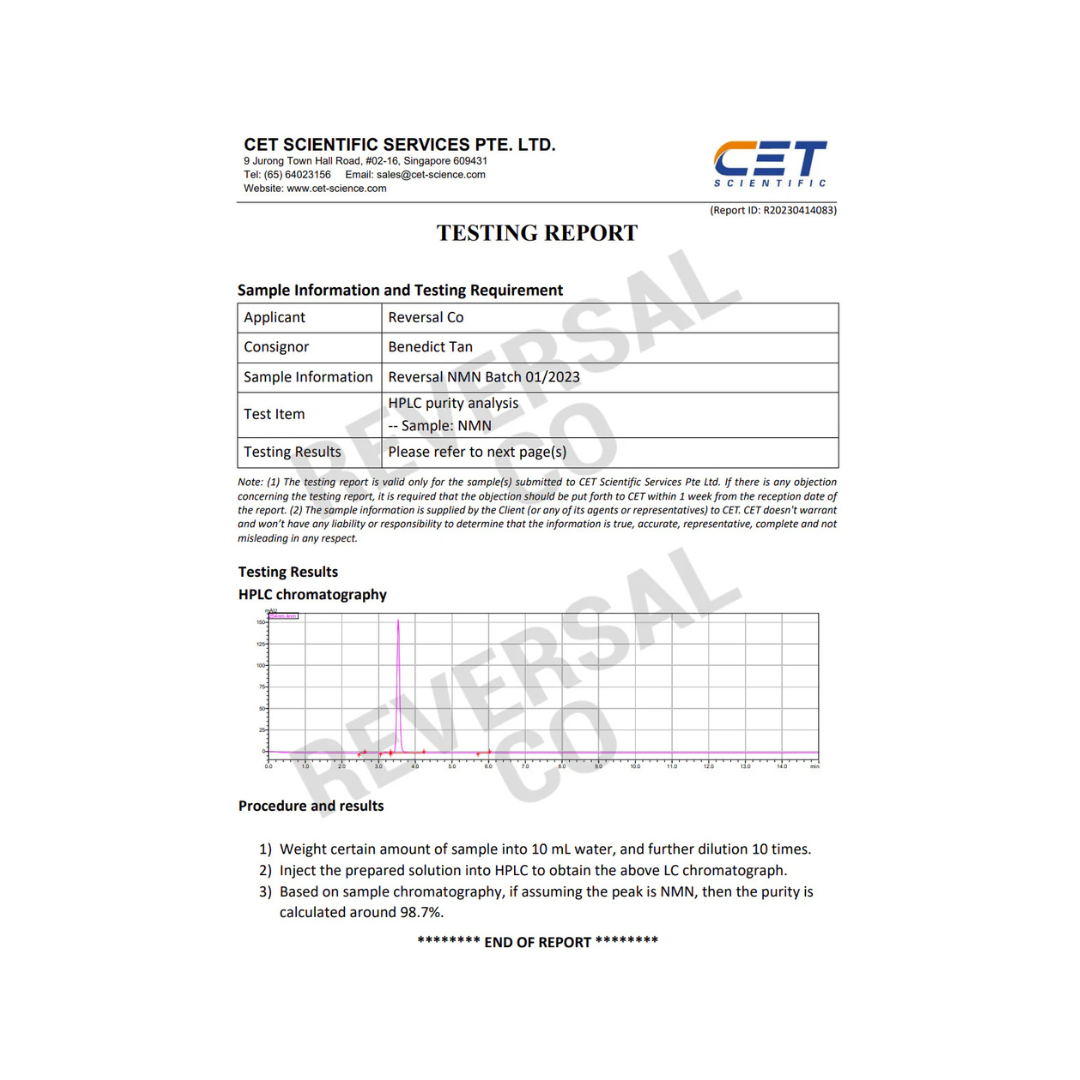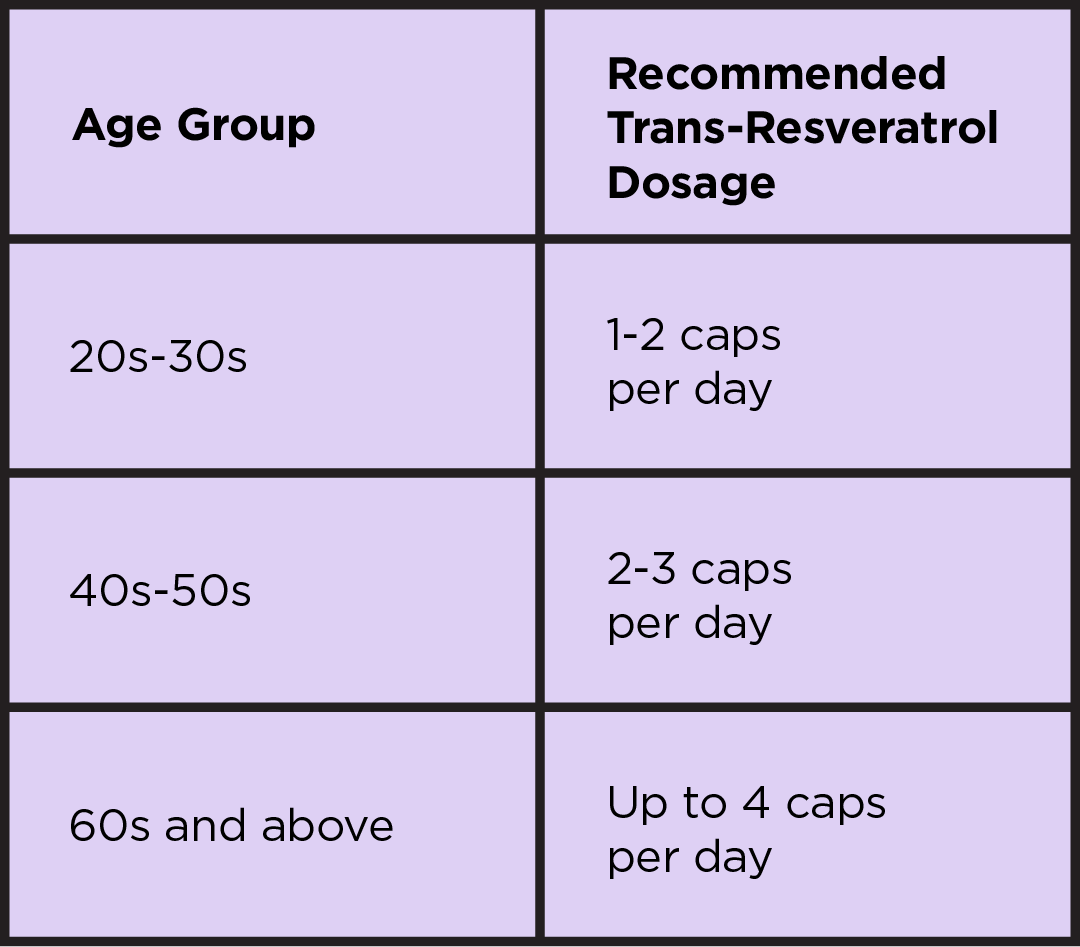Dr David Sinclair recently mentioned on his X (formerly Twitter) account of the publication of The Information Theory of Aging on Nature. Here we deep dive into this hallmark paper and offer a summary in as concise a manner as possible. The original paper can be found here.
Aging, a natural process experienced by every living organism, has long been a subject of scientific intrigue and research. Traditionally, aging has been viewed through the lens of time's wear and tear on our bodies. However, a revolutionary perspective emerges when we consider aging as an information theory problem, especially focusing on the role of epigenetic information. This approach provides a fresh understanding of the biological underpinnings of aging, going beyond the mere passage of time to explore the intricate interplay of genetic and environmental factors.
The Role of Epigenetics
Epigenetics, a term that refers to changes in gene expression that do not involve alterations to the underlying DNA sequence, plays a pivotal role in aging. This dynamic layer of biological regulation is heavily influenced by environmental factors and lifestyle choices. Over time, epigenetic changes accumulate, leading to the gradual loss of the youthful information encoded in our cells. This loss manifests as various signs of aging, such as stem cell depletion and mitochondrial dysfunction. Epigenetic modifications like DNA methylation and histone modification are central to this process, dictating how genes are turned on or off during our lifetime.
Digital vs. Digital-Analog Information
In understanding aging, it's crucial to distinguish between digital and digital-analog information in biology. The digital aspect refers to our genetic code, the DNA, which is relatively stable and less prone to change. In contrast, the digital-analog aspect, or epigenetics, represents a more fluid and adaptable layer of biological information. While our DNA provides the blueprint, epigenetics acts as the interpreter, influencing how and when genetic information is expressed. This distinction is key in comprehending how aging occurs at a molecular level and why some genetic predispositions may or may not manifest as we age.
Aging Hallmarks
The hallmarks of aging, a concept widely acknowledged in the field of gerontology, encompass various biological changes that contribute to the aging process. These include genomic instability, telomere attrition, and cellular senescence, among others. Central to these hallmarks is the loss of epigenetic information. For instance, changes in the epigenetic landscape can lead to a decrease in the body's ability to repair DNA, contributing to genomic instability. Similarly, epigenetic factors influence the length and stability of telomeres, the protective caps at the ends of our chromosomes. This interplay between genetics and epigenetics shapes how aging manifests in different individuals, offering potential pathways for interventions aimed at mitigating the effects of aging.
Understanding aging through the lens of information theory not only deepens our knowledge of this complex process but also opens new avenues for potential anti-aging therapies. By targeting epigenetic changes, researchers hope to develop strategies to slow down, halt, or even reverse some aspects of aging, paving the way for healthier, longer lives.
Aging Hallmarks
The concept of aging hallmarks refers to the identifiable signs and changes that occur in our bodies as we age. These hallmarks are deeply intertwined with the loss of epigenetic information. For example, the gradual fading of epigenetic patterns can lead to a decline in stem cell function and cellular senescence, where cells lose their ability to divide and function properly. Additionally, epigenetic alterations contribute to mitochondrial dysfunction, a key factor in the decline of cellular energy and health.
Reversing Aging
One of the most exciting developments in aging research is the concept of epigenetic reprogramming, which holds the potential to reverse some aspects of aging. This involves resetting the epigenetic marks that change with age. A key component of this approach is the use of Yamanaka factors, a set of proteins that can convert adult cells back into embryonic-like states. This process has shown promise in rejuvenating cells and potentially reversing some effects of aging.
Future Perspectives
The future implications of understanding and manipulating epigenetic information are vast. Continued research could lead to breakthroughs in not only extending lifespan but also improving the quality of life in later years. This includes the development of targeted therapies that could address specific aging-related conditions by altering epigenetic markers. The field stands on the brink of potentially transformative discoveries that could reshape our approach to aging and age-related diseases.
Engaging Conclusion
This emerging perspective on aging as an information theory problem invites us to rethink our approach to this inevitable aspect of life. It opens up exciting possibilities for medical interventions and a deeper understanding of the biological mechanisms behind aging. As research continues to unfold, it encourages us to envision a future where aging is not just delayed but is approached with a new level of understanding and sophistication.














